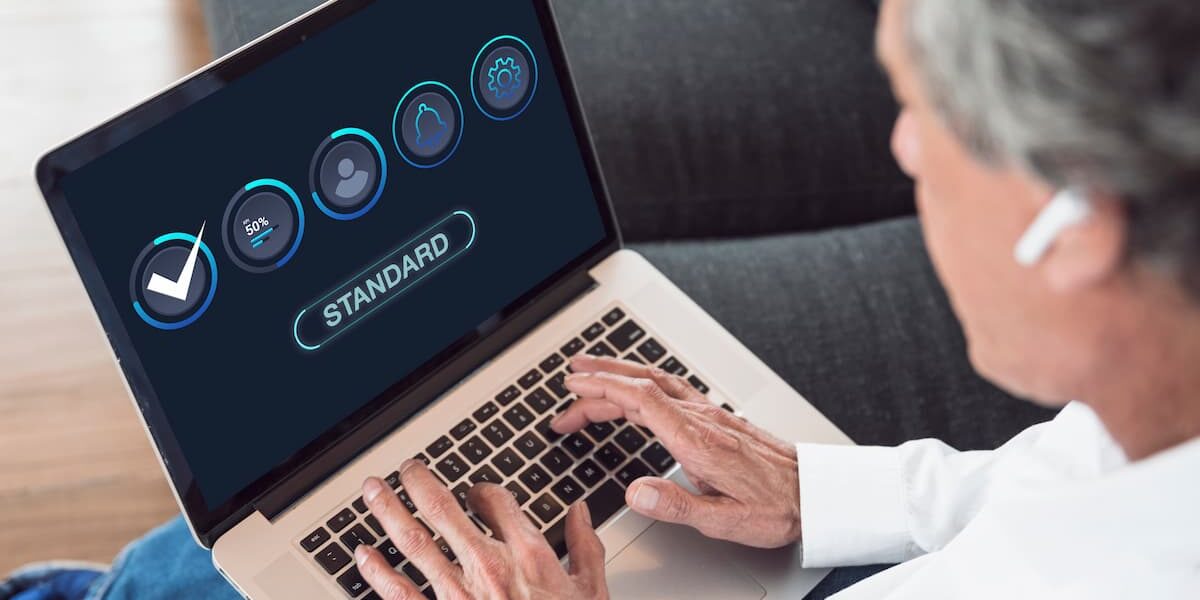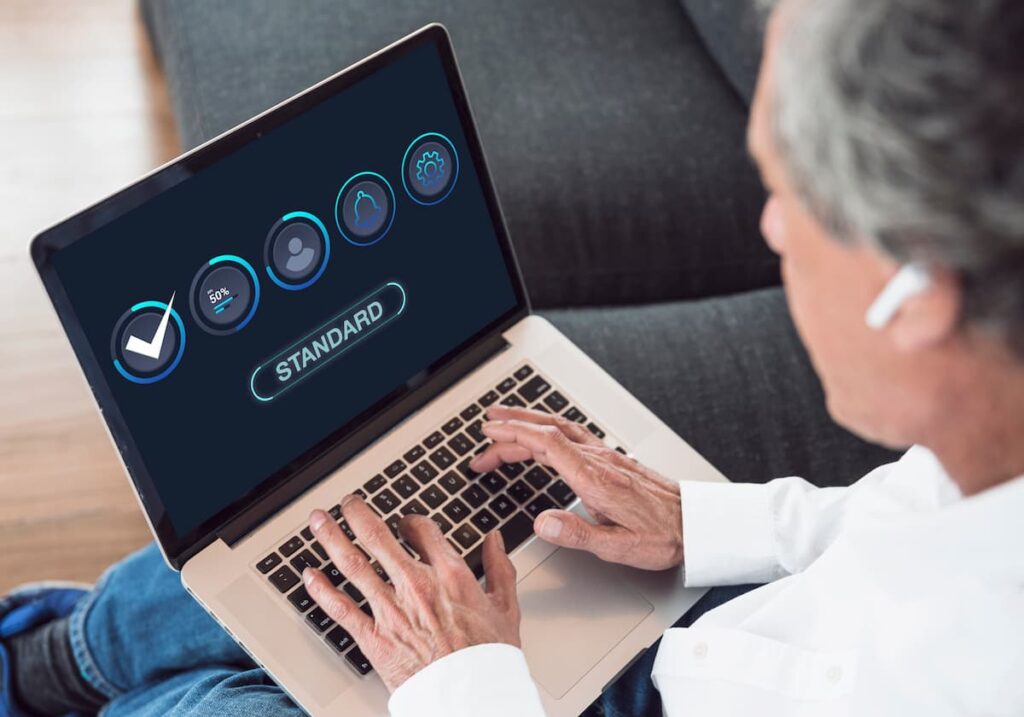Your Website Needs Accessibility Now to Avoid Legal Risks

Hey there, fellow web enthusiasts!
Building a website is like crafting a masterpiece—it’s exciting, challenging, and incredibly rewarding. But here’s the thing: your masterpiece should be for everyone, not just a select few. That’s where web compatibility and accessibility come into play. Ignoring these can lead to some serious pitfalls, and I’m here to help you avoid them while protecting yourself and creating a better web experience for people with disabilities.
Let’s dive into why this matters and how you can make your site a safe, welcoming space for all.
Why Web Accessibility Matters
1. Security Vulnerabilities: Protecting Your Visitors (and Yourself)
Imagine walking into a store labeled “Not Secure.” Would you trust it? Probably not. The same thing happens online when your website isn’t using HTTPS. Without it, sensitive data like passwords and credit card details are at risk. Modern browsers, like Firefox, even display a warning when a site isn’t secure, scaring off potential visitors before they’ve even explored your content.
Fix it: Get an SSL certificate and switch to HTTPS. It’s an easy way to protect your users—and your reputation.
2. Performance Issues: Don’t Frustrate Your Audience
Nobody likes a slow website. Broken links and sluggish loading times can feel like trying to open a door that won’t budge. These issues not only frustrate users but can also tank your SEO rankings (thanks, Google!).
Fix it: Use tools like Google PageSpeed Insights to identify and fix performance bottlenecks.
Bonus: A faster site benefits everyone, not just users with disabilities.
3. Legal and Compliance Risks: Stay on the Right Side of the Law
Here’s a biggie: If your site isn’t accessible, you could face legal action. In the U.S., laws like the ADA (Americans with Disabilities Act) require websites to be accessible to people with disabilities. Ignoring these standards can result in lawsuits, fines, and a damaged reputation. Yikes.
Fix it: Start with the basics. Check your site against WCAG (Web Content Accessibility Guidelines) using tools like WAVE. It’s free and super easy to use.
4. User Experience Challenges: Don’t Exclude Anyone
Now, let’s talk about the human side of things. An inaccessible website can alienate people with disabilities, making them feel unwelcome. Whether it’s text that’s too small to read, poor contrast, or buttons that aren’t keyboard-friendly, these issues create barriers that prevent people from enjoying your site.
Fix it: Small changes can make a huge difference. Use the WebAIM Contrast Checker to ensure your text is easy to read. And don’t forget to add alt text for images—it’s a quick way to make your site screen-reader friendly.
Free Resources to Get You Started
I know this can feel overwhelming, but there are amazing free tools to guide you:
- WAVE Browser Extension: Instantly evaluate your site’s accessibility and get actionable suggestions.
- WebAIM Contrast Checker: Check color contrast to ensure your text is legible for everyone.
- Google Lighthouse: A handy tool for assessing performance, accessibility, and more.
Let’s Build a Better Web Together
At the end of the day, web accessibility isn’t just about avoiding penalties or pleasing Google. It’s about doing the right thing—creating a web where everyone feels included and empowered. By making these small but impactful changes, you’re protecting yourself and helping people with disabilities navigate the online world more easily.
So, grab these free tools, test your site, and start building something amazing. The web is for everyone—let’s make sure our designs reflect that.
Happy designing! 🚀



